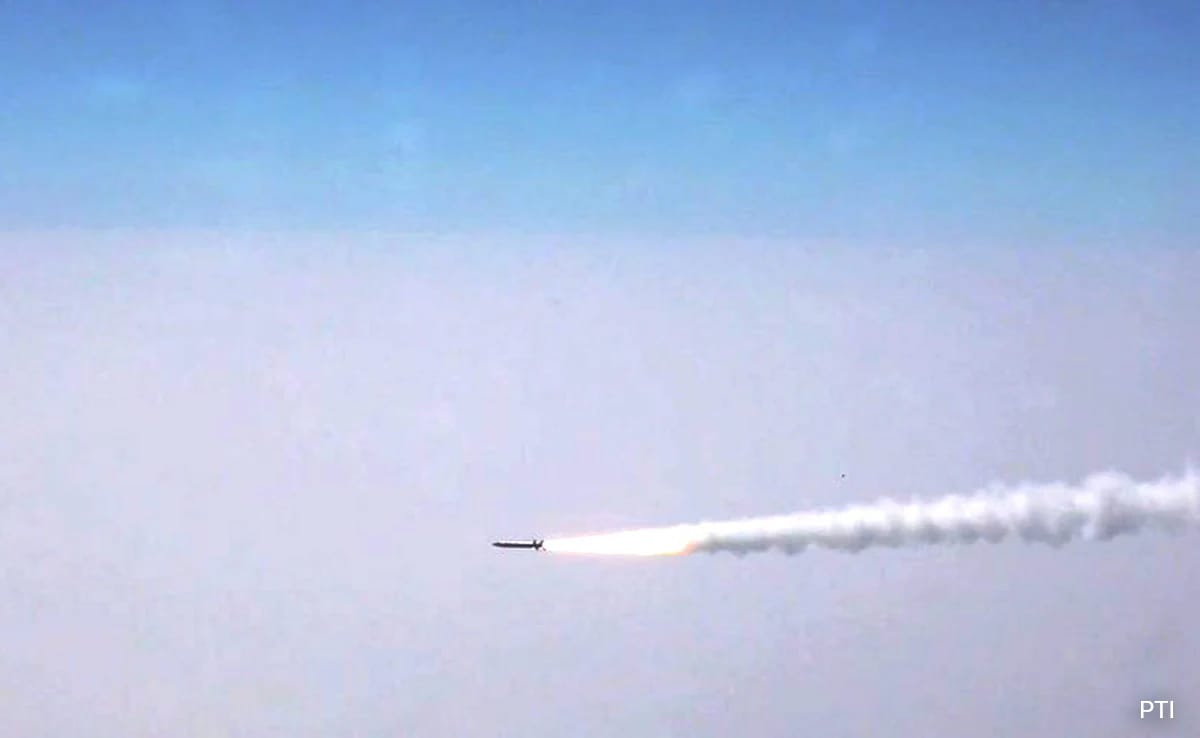India successfully test-fired an air-surface anti-radiation missile from a Su-30MKI fighter jet. The RudraM-II anti-radiation supersonic missile is developed by the Defence Research and Development Organisation (DRDO).
The flight test met all the trial objectives, validating the propulsion system and control & guidance algorithm. RudraM missile is the first indigenously developed anti-radiation missile designed to target enemy ground radars (surveillance, tracking) and communication stations in Suppression of Enemy Air Defence (SEAD) missions.
The RudraM-II is the latest version after the mark-1 version was tested four years ago by Su-30MKI, the backbone of India’s fighter fleet.
An indigenously developed solid-propelled air-launched missile system, RudraM-II is one of the finest and meant to neutralise many types of enemy assets. India currently operates the Russian Kh-31, an anti-radiation missile. The Rudram missiles will replace the Kh-31s.
“The performance of the RudraM-II missile has been validated from the flight data captured by range tracking instruments like electro-optical systems, radar and telemetry stations deployed by Integrated Test Range, Chandipur at various locations, including the on-board ship,” a statement said.
Defence Minister Rajnath Singh congratulated DRDO, IAF and industry on the successful test-flight of RudraM-II. The successful test has consolidated the role of the RudraM-II system as a force multiplier to the Armed Forces, he said.
The @DRDO_India has successfully flight tested the RudraM-II Air-to-Surface missile from Su-30 MK-I platform of Indian Air Force (IAF), off the coast of Odisha.
Raksha Mantri Shri @rajnathsingh congratulated DRDO, IAF and industry on the successful test flight of RudraM-II from… pic.twitter.com/DtgcZF4CXi
— रक्षा मंत्री कार्यालय/ RMO India (@DefenceMinIndia) May 29, 2024
The missile can be launched from a range of altitudes and can pick up enemy radio frequencies and signals from radars from a range of over 100 km. The missile can operate in Lock-On-Before/After-Launch systems. The internal guidance system of the missile allows it to direct itself toward the target after the launch.
Rudram-I
The Rudram-1 version was test-fired from Sukhoi in 2020 off the east coast of Odisha. The RudraM–1 version has two seekers – A passive-homing head seeker, which can detect and classify targets over a range of radio frequencies and one Millimetre Wave (MMW) seeker that helps the missile to operate in different weather conditions.
The mark-1 version has a range of 100-150 km and can reach up to speeds of Mach 2 (two times the speed of sound). It has a launch altitude range of 1 km to 15 km.
In 2022, the Indian Air Force proposed the acquisition of the Next Generation Anti-Radiation Missile (NGARM) in a Rs 1,400 crore deal. Reports suggest the missile can be launched from the Mirage 2000 multirole fighter aircraft. Adani Defence has partnered with DRDO in mass-producing the Rudram-I missile.
(Disclaimer: New Delhi Television is a subsidiary of AMG Media Networks Limited, an Adani Group Company.)
![]()
